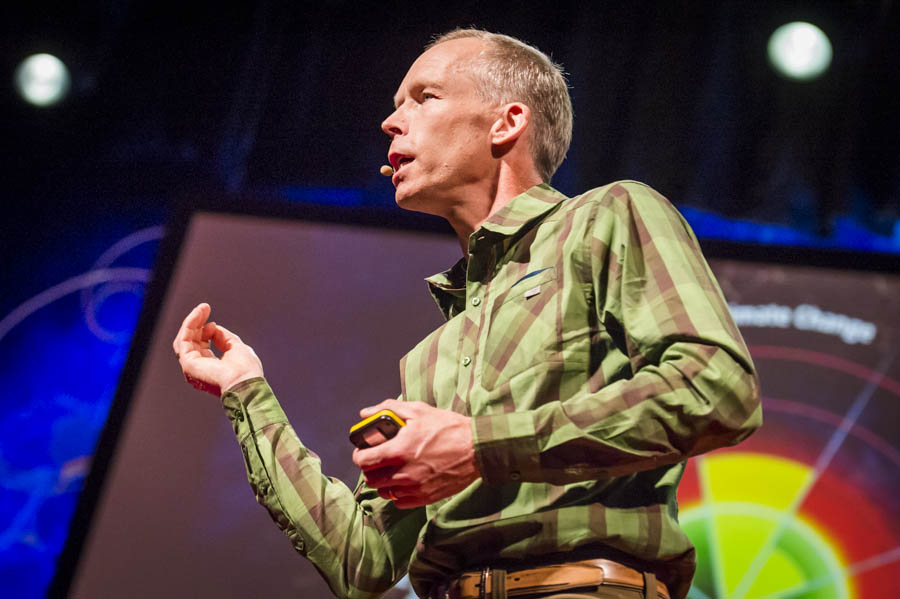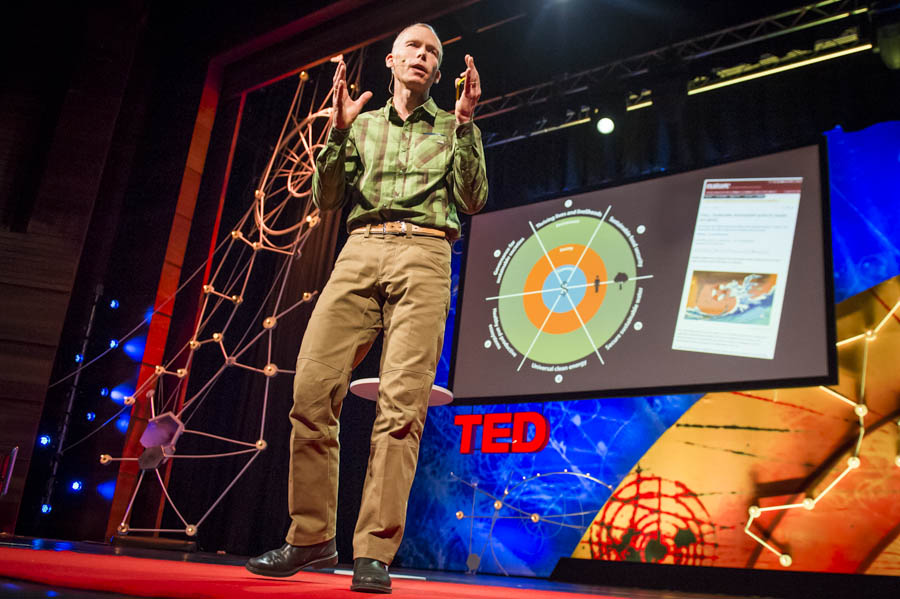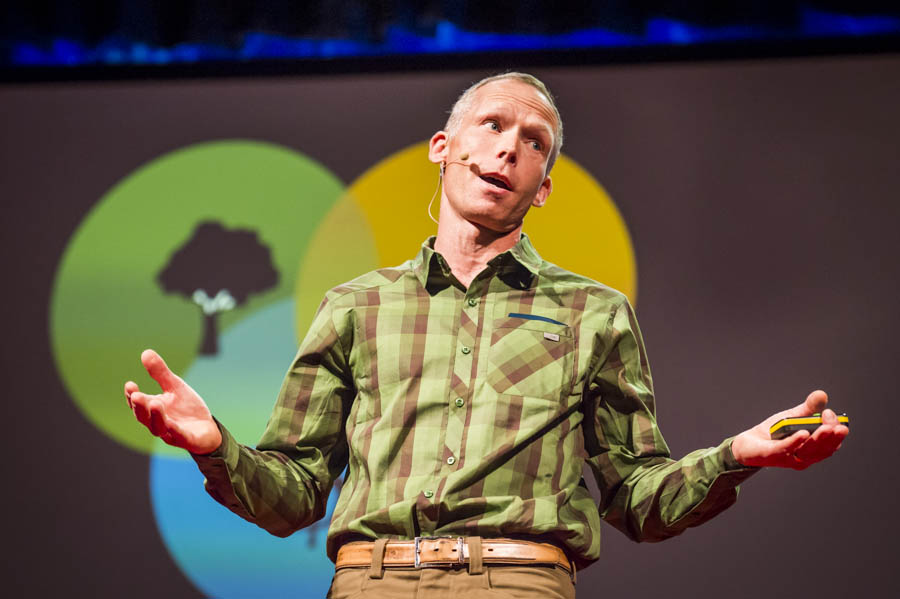Johan Rockström returns to the TEDGlobal three years after his talk on environmental development to talk about the — hopeful! — future of our environment in crisis.
 Johan Rockström: Let the environment guide our development
Johan Rockström: Let the environment guide our development
Life in the Holocene is full of problems, but it’s not without unexpected turns of resilience and promise. Rockström grasps a piece of metal on stage, explaining that this magoye ripper seems insignificant but is one of the most important pieces of technologies in the Savannah region, where it’s used instead of the plow. It’s an unobtrusive knife that simply opens up the land, copying nature by degrading carbon. A small, elegant innovation like this can solve grand challenges, says Rockstrom, and this is where we must turn.
We humans are in the driving seat of global environmental change, says Rockström. Today, we are already seeing the enormous impacts and costs of global climate change on our prosperity. But we also have the knowledge and resources to seize the opportunity for growth and development
But these effects and the movement to protect against it have only just begun. It’s the environmental aperitif. Says Rockström, there are two giants standing in our way:
1. The social momentum is just beginning — but with force. Four, 5, 6 billion people in the world will soon be in the developing world with the purchasing power of the average European. It’s positive social change, but a challenge nonetheless.
2. So far Mother Earth has been very forgiving, subsidizing our economy with bioecological resilience. But in the last twenty years we’ve begun to get nature’s invoices.
These giants are colliding. Quickly. As Rockström says, “We’ve moved from a small world on a big planet to a big world on a small planet.” He cites Hurricane Sandy, forest fires in Russia, the collapse of the arctic jet stream. And all of these disasters feed back into the global economy. Every finance minister, says Rockström, should be worried about preserving biospheres, with our global tipping points.
To emphasize his point, Rockström gives a watershed example from 2012: Greenland, a once permanent white ice sheet, reflects 90 percent of light from the sun back to space, acting as a massive planetary cooler. But for two weeks in July last year, for the first time ever, all of Greenland was melting. This tiny shift from a white ice surface to a slightly darker liquid surface corresponded to 300 exajoules of energy.
What we need, says Rockström, is a new framework that unifies all nations toward sustainable development. In particular, we need to work toward six goals:
1. Energy for thriving lives and livelihoods
2. Sustainable food security
3. Secure sustainable water
4. Universal clean energy
5. Healthy and protective ecosystems
6. Governance for sustainable societies
The key is a new way of looking at the intersection of the economic, social and environmental spheres. Right now the latter two operate in the service of economic growth; what we need is to nest economic needs within society, and nest that within the environment.
Rockström feels strongly that the only options are not to say “the party’s over,” or to hide your head in the sand. There’s another option, and it’s already taking place. Ten years back, the percentage of our energy use from solar and wind was fairly small — but it’s scaling. According to Rockström, today, in a country like Germany, 50 percent of the energy is solar. For the food challenge facing our growing population, he says, we need a combination of already existing innovations: rainwater harvesting, sustainable sanitation and conservation agriculture. That’s where innovations like the magoye ripper come in. And finally, consider the Great Barrier Reef, which 10 years ago was in crisis, and now has been transformed through governance.
Yes, we are facing huge forces. But we have the knowledge and thinking required to design a safe and good Anthropocene — by intertwining the world with planet Earth in social economic harmony.



Comments (5)
Pingback: Teaching Your Kids How To Be Environmentally Conscious - icharts
Pingback: ‘Gurus’ of the Anthropocene | Community Action for Spaceship Earth
Pingback: Planetens gränser #Tedtalks | Lisas miljöblogg
Pingback: Worth Watching: johan_rockstrom TED Talks | Hugh Paxton's Blog